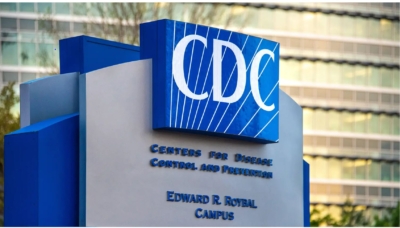
April 4, 2019
As baseless public health scares go, the one about police officers and nurses purportedly overdosing from passive fentanyl exposure should have been easy to dispel. Emergency workers across the country have reported dozens of such incidents in recent years, but their symptoms are often inconsistent with opioid poisoning. In some cases, officers have administered the overdose-reversal drug Narcan to themselves — a feat that would be impossible in the midst of an actual overdose.
In 2017, the nation’s two leading toxicological societies published a joint statement explaining that for emergency medical workers, the risk of accidental opioid ingestion is “extremely low.” Gloves almost always provide enough protection; masks are necessary only in exceptional cases.
Fentanyl is indeed one of the most powerful opioids ever created: It is 50 to 100 times more potent than morphine, according to the Centers for Disease Control and Prevention. And it’s true that even very small doses can be fatal. But merely touching the substance is not dangerous. Opioids have to enter the bloodstream to exert an effect, and not even the strongest ones can penetrate the skin quickly enough or in sufficient quantity for that to happen — if they could, people who are addicted to opioids would have no use for needles. As several journalists have pointed out, it took many years and many millions of dollars for scientists to develop patches capable of delivering pain medications through the skin, and those patches are still very slow and inefficient.
The risk of accidental inhalation is only slightly more plausible: Fentanyl can enter the bloodstream through the mucous membranes of the nose and mouth, but it is not easily aerosolized. According to the toxicologists’ joint statement, at the highest airborne concentrations found in industrial production facilities, an unprotected worker would need more than two hours to passively ingest even a medical dose of fentanyl, let alone a toxic one.
But so far, those facts have not stemmed the growing panic. Several states are planning to spend tens of millions of dollars on protective gear and screening equipment that most toxicologists say are unnecessary. As The Times has reported, prosecutors are pursuing charges ranging from reckless conduct to assault against people who expose police officers or emergency medical technicians to opioid powder. And addiction specialists are worried that health care providers will hesitate or outright refuse to treat people who are overdosing, just as doctors and dentists denied care to H.I.V.-positive patients during the early days of the AIDS epidemic.
That concern seems valid, given the stigma and vitriol that health care providers, law enforcement and the general public tend to heap on people who struggle with addiction.
As these mixed messages persist, so do reports of passive fentanyl toxicity. In the past six months alone, police officers in California, Iowa, Missouri, Massachusetts and Vermont have been hospitalized or reported feeling gravely ill after encountering opioids in the course of their work; many of them were given Narcan in response, even when their symptoms were more consistent with a panic attack than with an opioid overdose. Doctors and toxicologists who have studied the issue say that most of the cases reported so far are best explained by the so-called nocebo effect, a phenomenon whereby people who believe they have encountered a toxic substance experience the expected symptoms of that exposure.







Leave A Comment